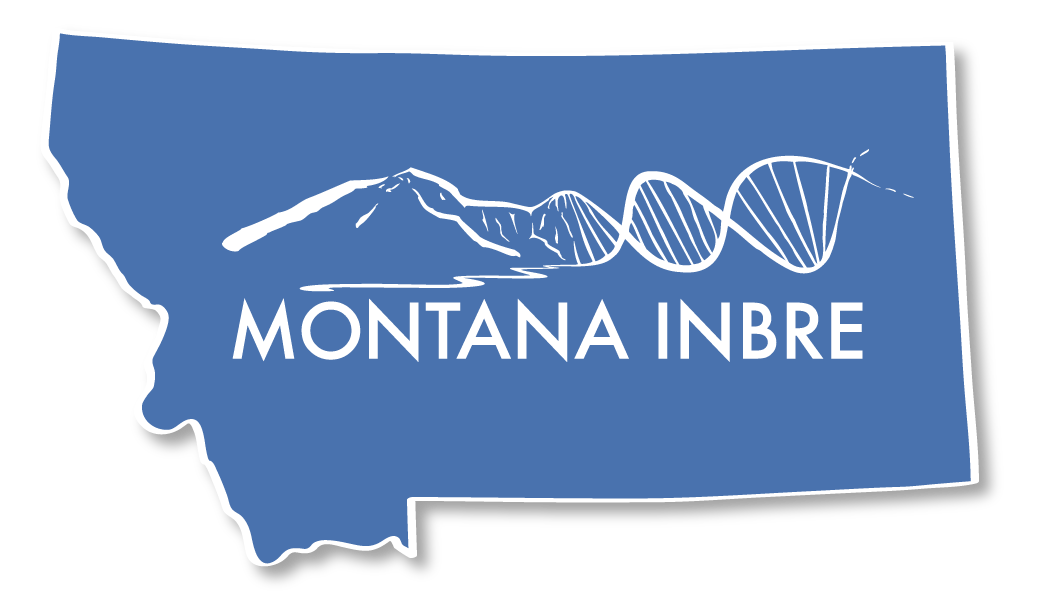A Qualitative Sleep Study in K-1st Grade Children Living on the Blackfeet Indian Reservation
Vernon Grant | Blackfeet Community College
vernon.grant@montana.edu
Project Summary
Children sleep less now than ever before. Despite a growing body of literature in understanding child sleep patterns, sleep interventions are limited. To date, there are no sleep intervention studies that have been done in AI tribal communities. Elders and community members play a critical role in identifying culturally adaptive solutions to address problems in tribal communities. Because of the prevalence of historical trauma and mistrust of outsiders, I am uniquely positioned to do this work in my own tribal community. Our preliminary data of sleep patterns showed that Blackfeet children age 2-5 and age 12-15 averaged 10.15 hours and 7.5 hours of weekday sleep. Despite this understanding, evidence-based solutions to increase sleep in tribal communities are unknown. Thus, I propose to conduct focus groups with Blackfeet families with K-1st grade children to gain an in-depth understanding of the sleep environment. In addition, I will conduct 10 elder interviews to learn about traditional Blackfeet stories and language related to sleep. This data coupled with established sleep strategies and input from a community advisory board and Blackfeet cultural specialist will be used to develop a sleep intervention in K-1st grade children.
Project Aims
The short-term goal for this work is to engage the community, develop capacity with recruited families, and collect data that can be used to develop culturally appropriate sleep content in Blackfeet children. The long-term goal is to develop effective and sustainable strategies to enhance sleep in AI communities across the nation and use this intervention to develop an RCT R01. In terms of public health impact, this study will help understand sleep problems in AI children and begin to address health outcomes that develop from lifelong poor sleep habits. Project aims include:
- Conduct focus groups with Blackfeet families to explore the sleep environment of K-1st grade children. We will conduct 5 FGs with 2-4 families each.
- Conduct individual elder interviews to learn about sleep mythology, song, language, and symbolism. We will interview at least 10 elders.
- Develop a culturally appropriate sleep intervention. Using findings from Aim 1 and Aim 2 coupled with evidence-based strategies on sleep and the Blackfeet language, we will hold frequent meetings to develop culturally appropriate sleep content to inform specific aspects of the intervention. The research team will work closely with the Blackfeet cultural specialist and CAB throughout the process; from analysis to synthesis to dissemination. Since data in aims 1 and 2 are qualitative, we do not have a hypothesis to test. However, we anticipate that this work will increase community capacity and produce novel data that will lead to culturally appropriate sleep content specific to the Blackfeet nation.

